As a new book lifts the lid on the science behind our weather, we reveal some of its most intriguing secrets and ask one of its authors, Clare Nasir, about the joys and challenges of forecasting.
Forecasting the weather isn’t just a day job for Clare Nasir, who has been a meteorologist for more than 20 years, currently weather presenting for Channel 5.
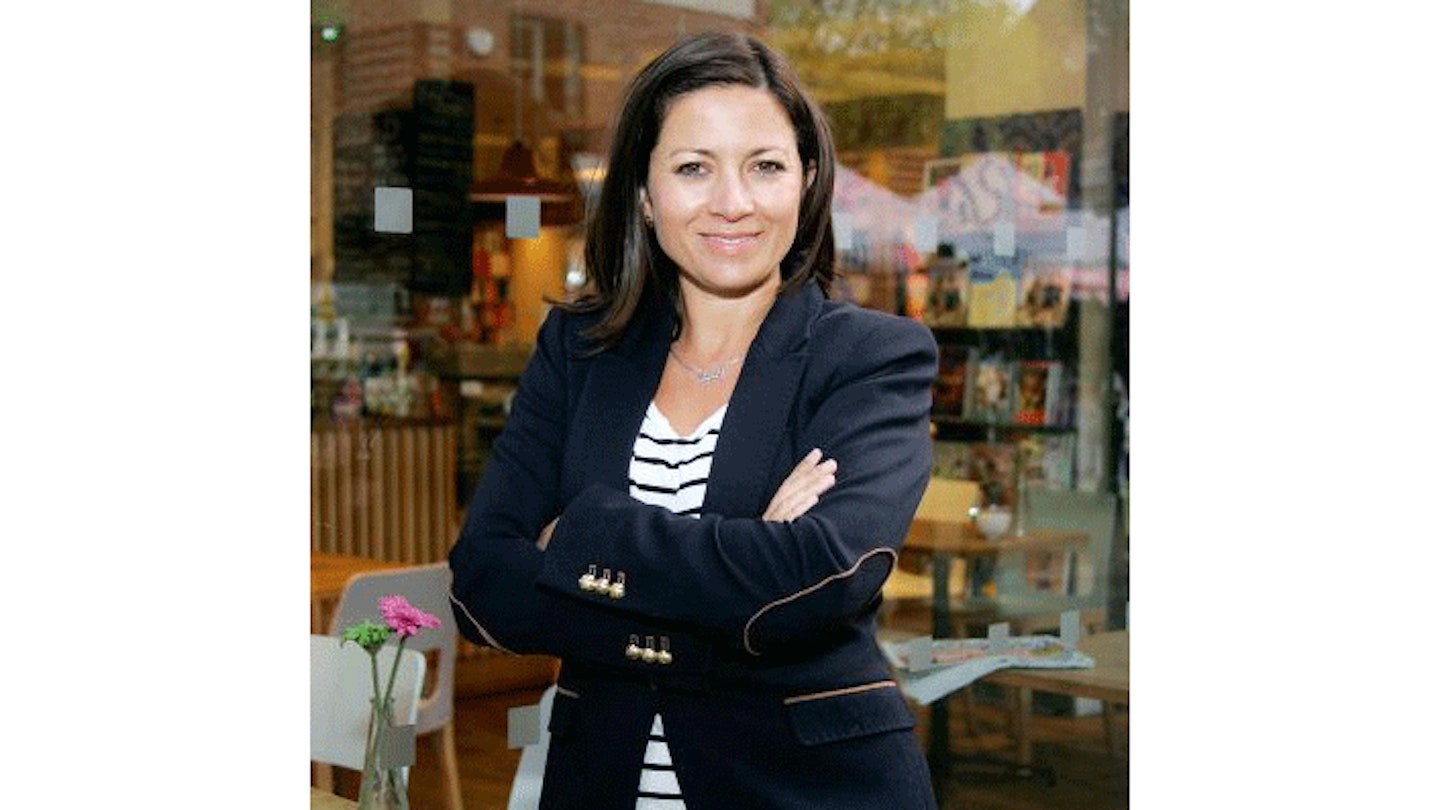
That’s because as the custodian of thousands of interesting facts about one of Britain’s most talked-about topics – the weather – she can be ambushed at any moment with questions from the state of our climate in 50 years to whether we’ll need a brolly at the weekend!
That’s why she’s now teamed up with fellow weather fanatic and presenter Simon King to write What Does Rain Smell Like?, a book answering 100 of our most pressing weather questions. And it’s truly fascinating stuff.
From the all-encompassing role of the jet stream, to the weather in space, how the weather has helped win wars, to where clouds come from, the book takes us through the facts behind rain, snow, sun and everything in between to create a picture of how the weather shapes our lives.

“We cover things such as how the huge circulations of air around the world control our tiny bit of weather locally, which is something I do every day as a forecaster. I look at the bigger atmospheric set-up globally to see how that’s then going to affect the UK,” says Clare, who also presents a BBC podcast with Simon called Under the Weather.
While the book is full of knowledge the pair have learned over the years, Claire adds that she’ll always be a student of weather as it continues to change. “We’re going to see more extreme weather as a result of climate change and it’ll get harder to know what to say when we have record-breaking weather that is no longer a cause for celebration,” says Clare.
In the meantime, though, she hopes the book will help her share her lifelong passion for weather that was first fostered in her as a little girl. “I just love the inter-connectedness of weather, how everything across the world ties in and the way the satellites look like this dance twirling from one side of the world to the other.” She also hopes the nuggets of knowledge in the book can help make fantastic forecasters of us all.
What Does Rain Smell Like? by Simon King and Clare Nasir is out now, rrp £12.99
Does rain have a smell?
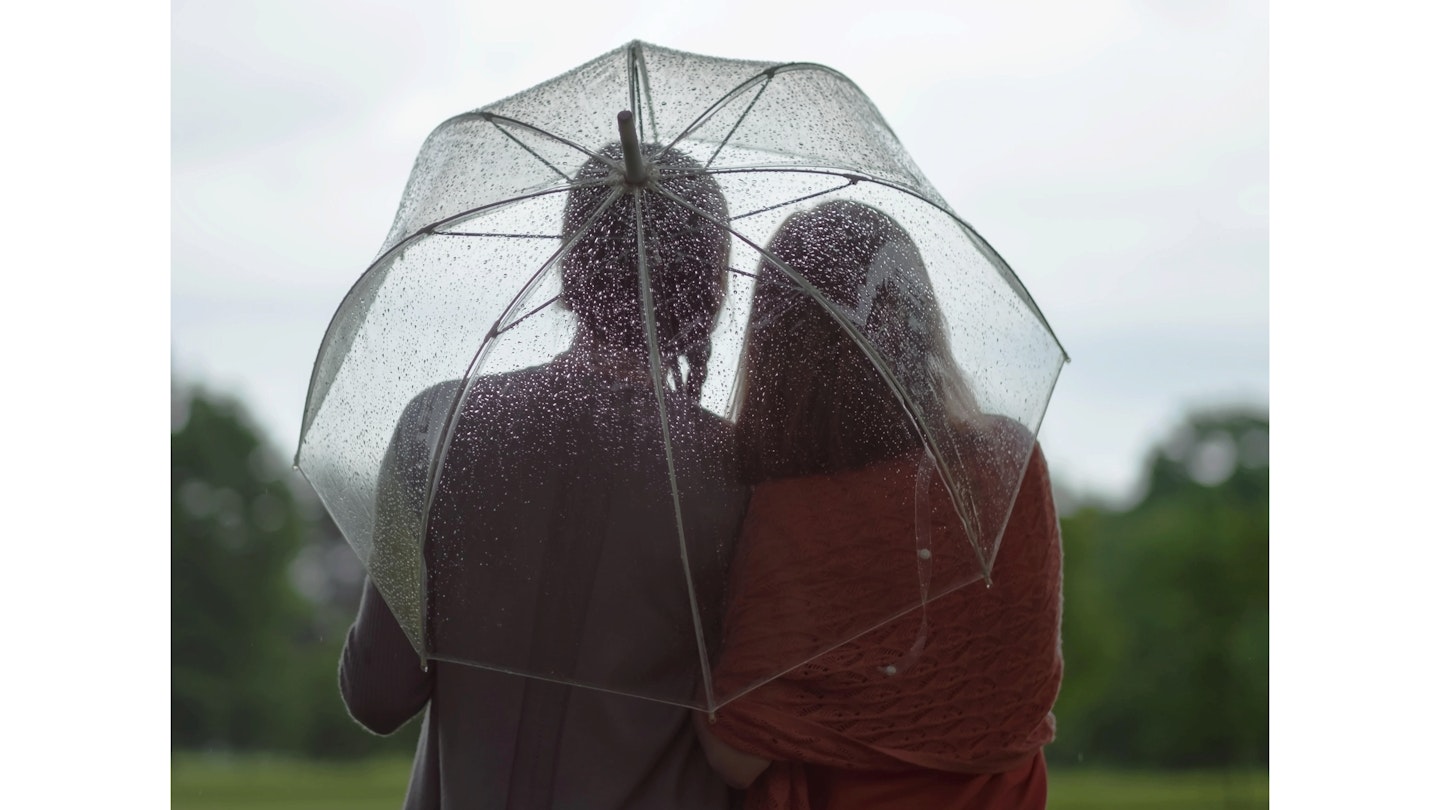
Rain officially has a smell called Petrichor. This describes the scent of the air just before it rains, during and afterwards, especially after a dry spell.
Can it be too cold for snow?
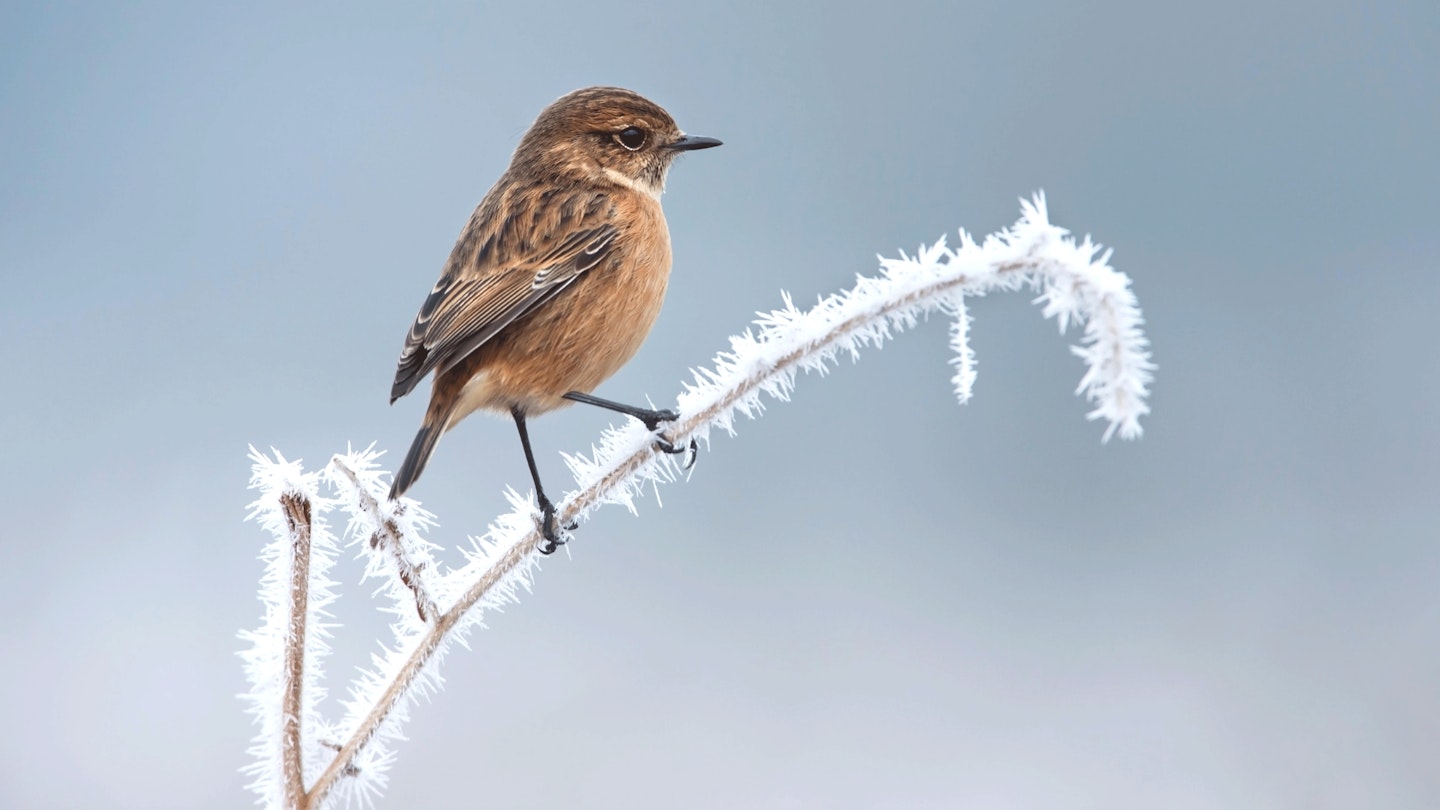
In theory no, but in practice, yes. Snowflakes are formed in the part of a cloud where the temperature is below freezing. For snow to fall to the ground, the air between the cloud and the ground also has to be below freezing so it doesn’t melt. The air temperature can be well below freezing for the snow to fall and theoretically, how low the temperature goes is irrelevant. It’s the humidity that matters. This is the amount of moisture available for the formation of snowflakes. The colder air gets, the less moisture it can hold, so there are fewer snowflakes. A better question would be, ‘can it be too dry to snow?’
Rainbows are an illusion
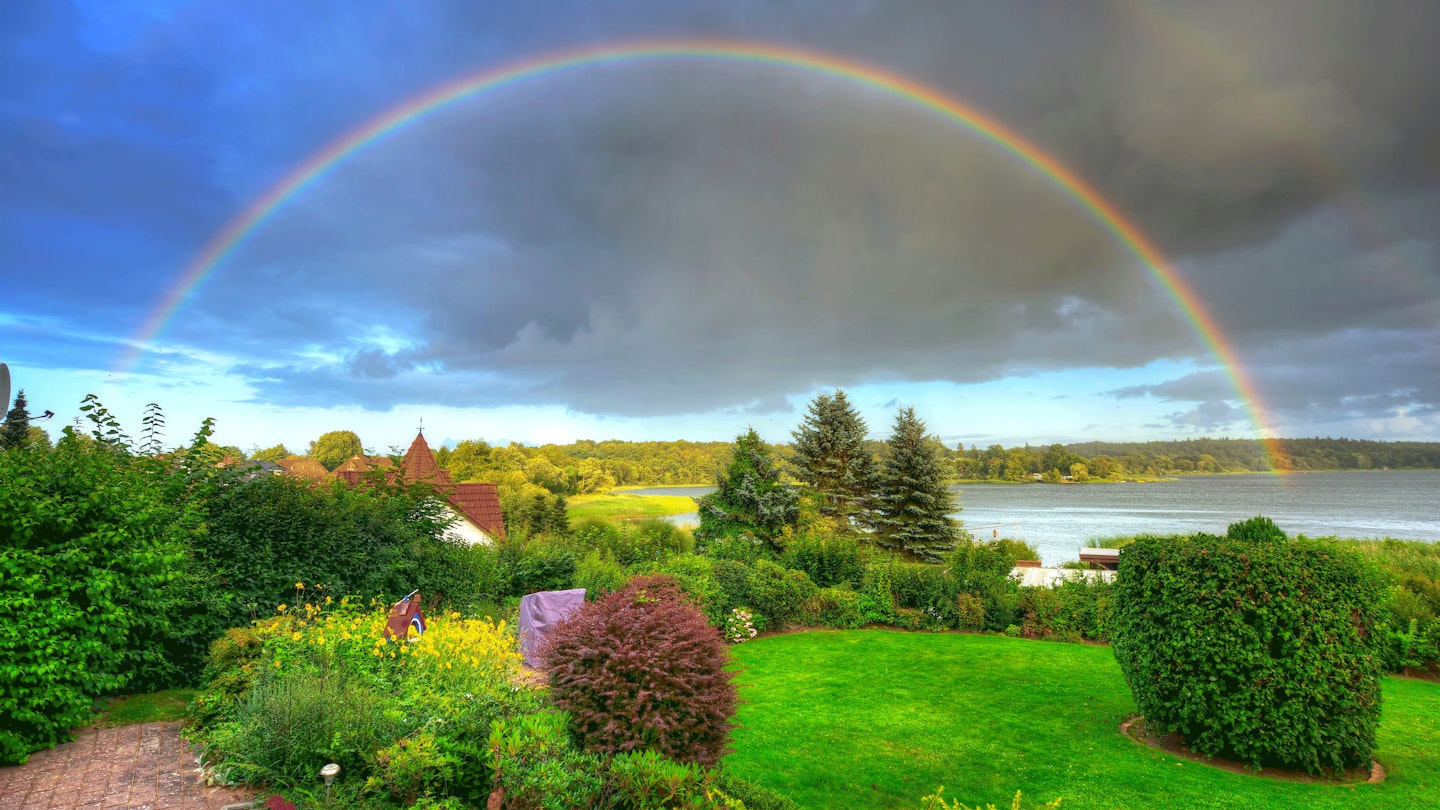
The word rainbow means rainy arch. They are not actually a physical thing, but an optical phenomenon based on the interaction between sunshine, water droplets and our eyes. Because of this last element – our eyes – every rainbow is unique to the individual seeing it. That’s all because of the different angles at which light reaches the back of our retina.
Of course you need sunshine and water droplets for a rainbow but it’s not that simple – it’s also important to have the sun shining behind you and the water in front. If that is the case you can also see rainbows in waterfalls, mist or even using a hosepipe to water the garden.
How much does a cloud weigh?
The average cumulus cloud weighs about half a million kilograms or 500 tonnes – that’s the equivalent of 100 elephants suspended in the air
Sunrises and sunsets are a fine art
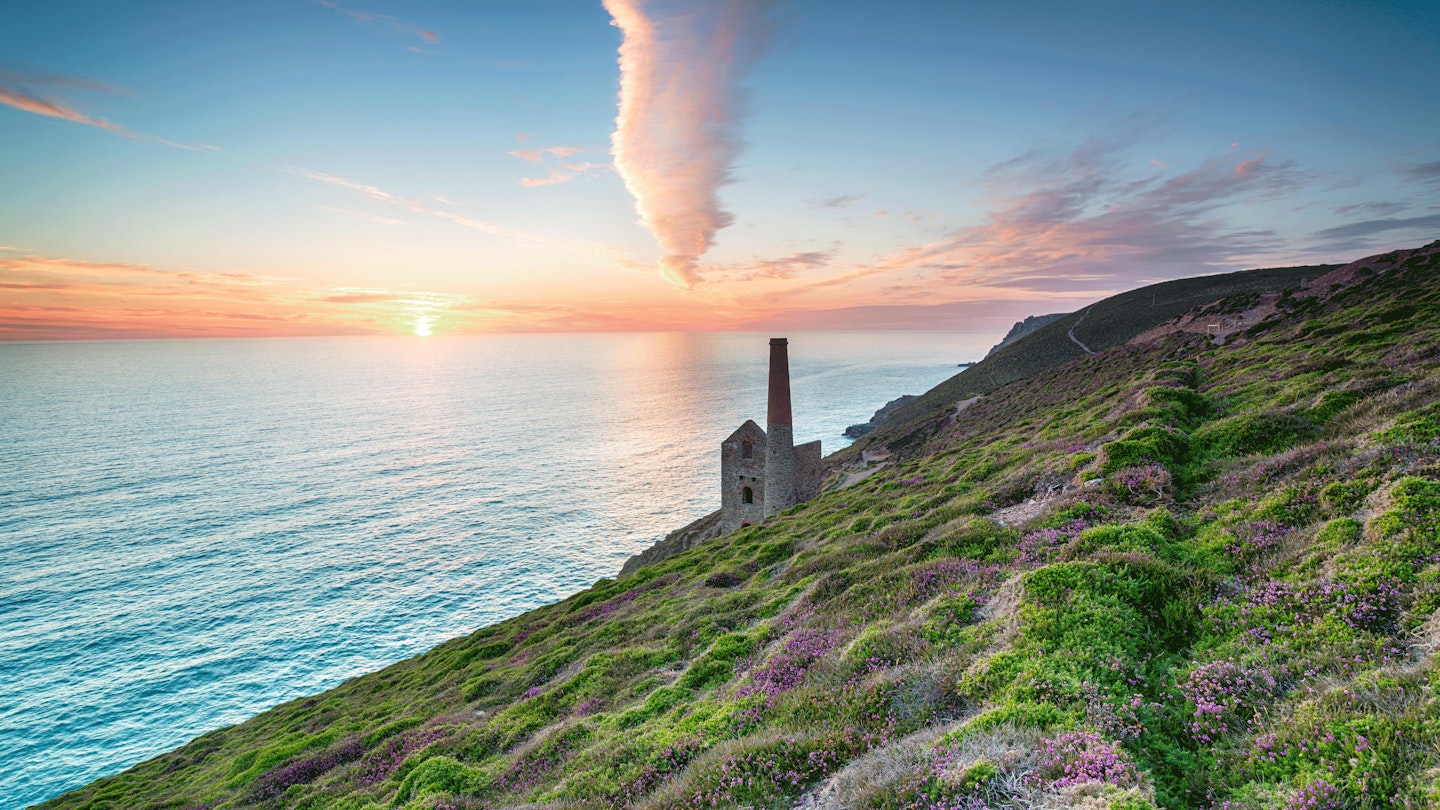
If there is a lot of cloud and/or precipitation, when you wouldn’t normally see the sun, you’re not going to get a very good sunrise or sunset.
Some of the best sunrises and sunsets are at the coast, where you can see well into the horizon. The sea can also act as a reflector of those vibrant colours to enhance the whole picture. Equally, heading to a high ground can also provide those uninterrupted views of the horizon. Certain types of cloud can actually help, particularly if it’s high cirrus or altocumulus cloud. These types of cloud are made predominantly of ice crystals, which can reflect more of the reds and oranges beneath them and make it look like the whole sky is on fire.
Curious for more? Clare recommends a great book for cloud lovers called A Cloud A Day by Gavin Pretor-Pinney, rrp £20, or why not joinThe Cloud Appreciation Society to learn how understanding these building blocks of weather can make you a master forecaster?
For more interesting reads, pick up a copy of Yours Magazine, out every fortnight on a Tuesday
